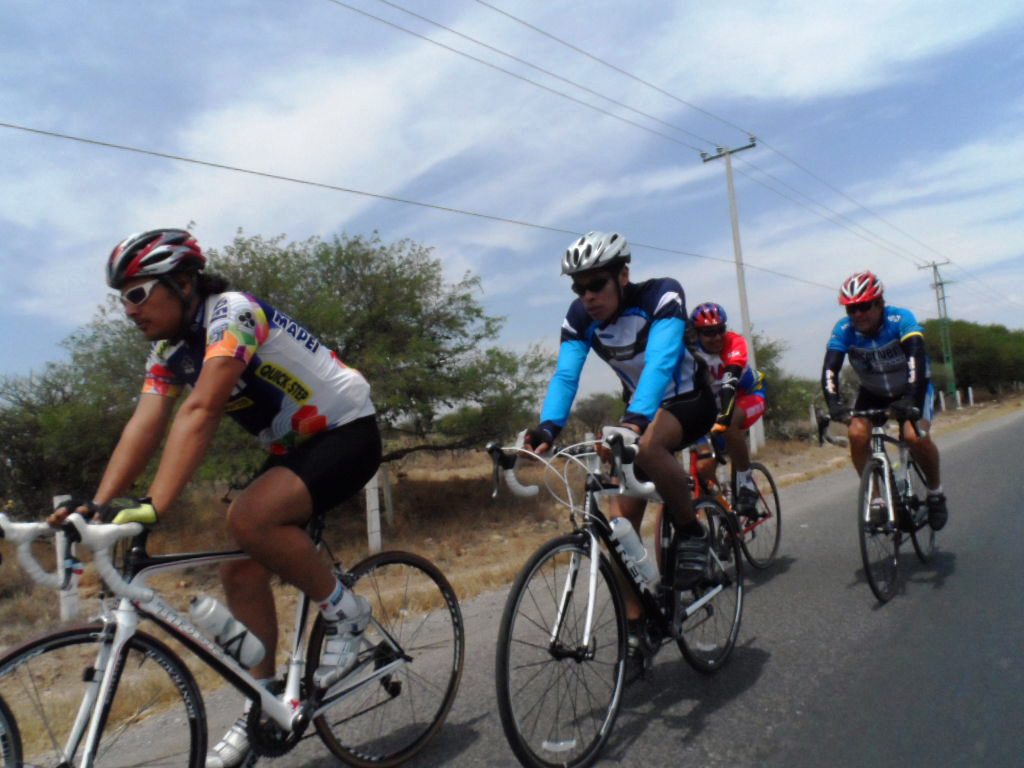
Tequisquiapan is a city in the south-central part of the Mexican state of Querétaro. It is famous for its thermal waters, and for being the center of a wine and cheese producing region. The city serves as municipal seat of its surrounding municipality of the same name. At the 2005 census the city showed a population of 26,858 inhabitants, the fourth-largest community in the state in population, while the municipality had a population of 54,929. The municipality has an areal extent of 343.6 km² (132.66 sq mi) and includes numerous smaller communities, the largest of which are San Nicolás and La Fuente. Tequisquiapan, famous for its spas with thermal waters, becoming a popular tourist resort for Mexico City and Querétaro residents, as well as a place to vacation for many Europeans. Its mild climate and winding colonial streets make it ideal for leisurely strolls. In the center of the town stands Plaza Miguel Hidalgo, dominated by a 19th-century wrought-iron pavilion and surrounded by stone archways. At one end stands the parish church of Santa María de la Asunción, with its neo-classic facade, completed in the mid-19th century. Spanish missionaries said the town's first mass under the giant mesquite tree next to it. A mosaic of small, irregular, interlocking stone blocks pave Tequisquiapan's narrow streets, which lead to the central square, the Plaza Civica. Traffic is closed a block or two from it creating a pedestrian zone. Scattered throughout the town are several hotels with their own springs. Just a few yards from the numerous shops surrounding the Plaza de Tequisquiapan lies the market where visitors can admire and purchase locally-crafted rush and wickerwork. At the gateway to the Sierra Gorda, rising up is the peak of San Bernal, a gigantic 350 meter high monolith, the third highest in the world after the Rock of Gibraltar and Río de Janeiro's Sugarloaf Mountain. This rock is said to bring the inhabitants on the town a long life; the average life span of Bernal residents is said to be a staggering 94.7 years. History Before the arrival of the Spanish conquistadors, the area now occupied by what's now the town of Tequisquiapan was commonly known as "Tequesquiatlapan," meaning "River with carbontated water." Today, Tequisquiapan is a tourist town a weekend retreat for hundreds of Mexico City residents who come for its crystal clear air and sparkling thermal waters. During much of the Pre-Hispanic period, the valley of Tequisquiapan was more than just a village. The great Nahua and Chichimeca chieftains acknowledged the importance of the place. According to local chronicler Jesús Landaverde Chávez, the lords of Jilotepec frequented the natural springs and fountains of Tequisquiapan only during very special occasions. Upon arriving , they would take a bath in the thermal waters of one of its numerous springs, during which they would deal with affairs of state and settle mild disputes among themselves. The first Spanish settlements in this valley date from the 16th century, when Don Luis de Velazco, then Viceroy of New Spain, conceded Alonso de Estrada y Lope de Sosa the rights over the valley to breed livestock and keep stables. In the process of building Hacienda de Tequisquiapan in 1596, he displaced the former residents of the site to the other side of the river. Culture Tequisquiapan is especially noted for its wines and cheeses, two entirely "new" foods that first made their appearance in the Americas with the arrival of the Spanish Conquistadors in 1521. It was during Mexico's colonial period, in what today is the State of Querétaro, that the planting of grapevines and the culture of wine making was first attempted and eventually took hold. The Spanish conquistadors also brought cows, sheep and goats to the New World in 1492. During the first weeks of May, the vineyards of the area meet in the central plaza for the Festival del Queso y del Vino. It consits of a three day wine and cheese tasting. This festival attracts many tourists each season.

